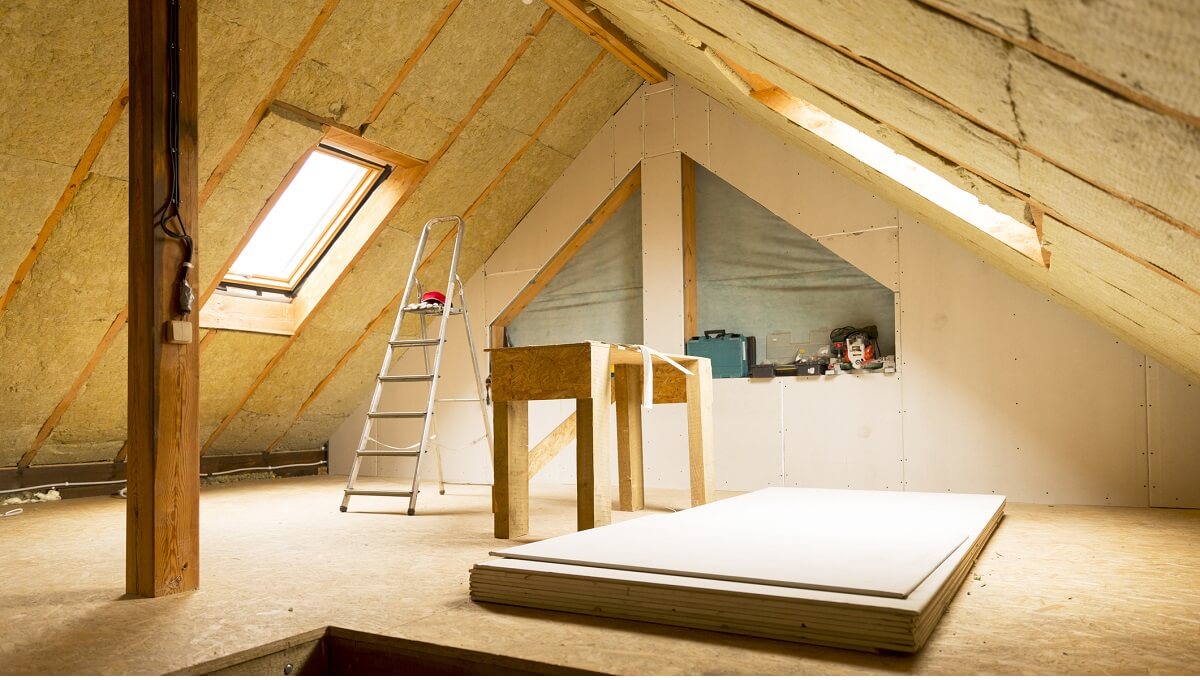You probably don’t spend a lot of time thinking about insulation. After all, it just sits in our walls, silently biding its time. Then, along comes a chilly draft, a three digit utility bill, or super-hot or sub-zero weather. Suddenly, you are thinking about it all the time.
You find yourself sitting at home wondering if it is a good idea to add insulation to your basement, walls, and ceiling. You wonder which density is best, which width, thickness, and type would delver the best value. And, once the installation is complete, you wonder if you have done enough.
We asked the people who make and install insulation which blunders are the most common in the field and what the most common questions are about the insulation we put into our homes and businesses.
You will wind up wasting money if you neglect to seal up air bypasses when you add insulation to your attic. When it comes to adding insulation, attics are one of the most cost-effective and easiest locations to work with. However, your insulation will be more effective if you seal up the air passes around exhaust fans, interior walls, wires, plumbing vents, chimneys, and other places where interior air that is moist and warm moves into the attic.
Heat naturally moves to colder areas and has a tendency to rise. You can see why attic insulation can be less effective by up to 70% when the air bypasses are not closed off. To find these air bypasses, check for dark patches of dust or moisture by lifting the attic insulation that is already present. Or, go to the attic when it is cold outside and check for drafts by burning a stick of incense or feel for pockets of warm air.
Before you add or install insulation to an attic, do the following:
- Use expanding foam sealant and caulk around electrical wiring, ducts, and pipes at the point where they enter the attic to close the air gaps. Select the type that is fire-blocking.
- Between the wood framing surrounding the chimney and the masonry chimney itself, cut and fit strips of 24-gauge sheet metal. At the point where the flashing meets the chimney, use high temperature caulk.
- Around the perimeter of the attic access opening, install weather stripping. Then, pull the hatch tight using screw hooks. To the top of the hatch, glue rigid extruded foam insulation.






No Comments